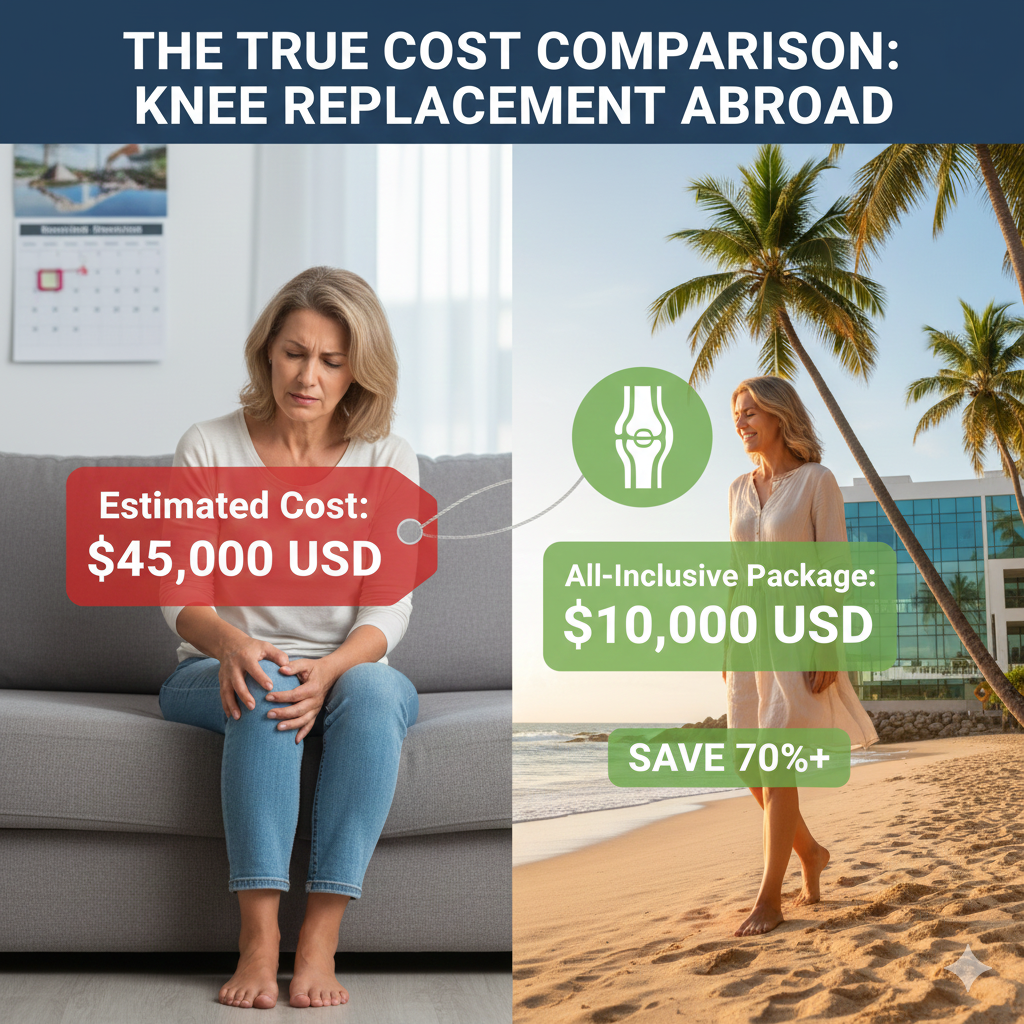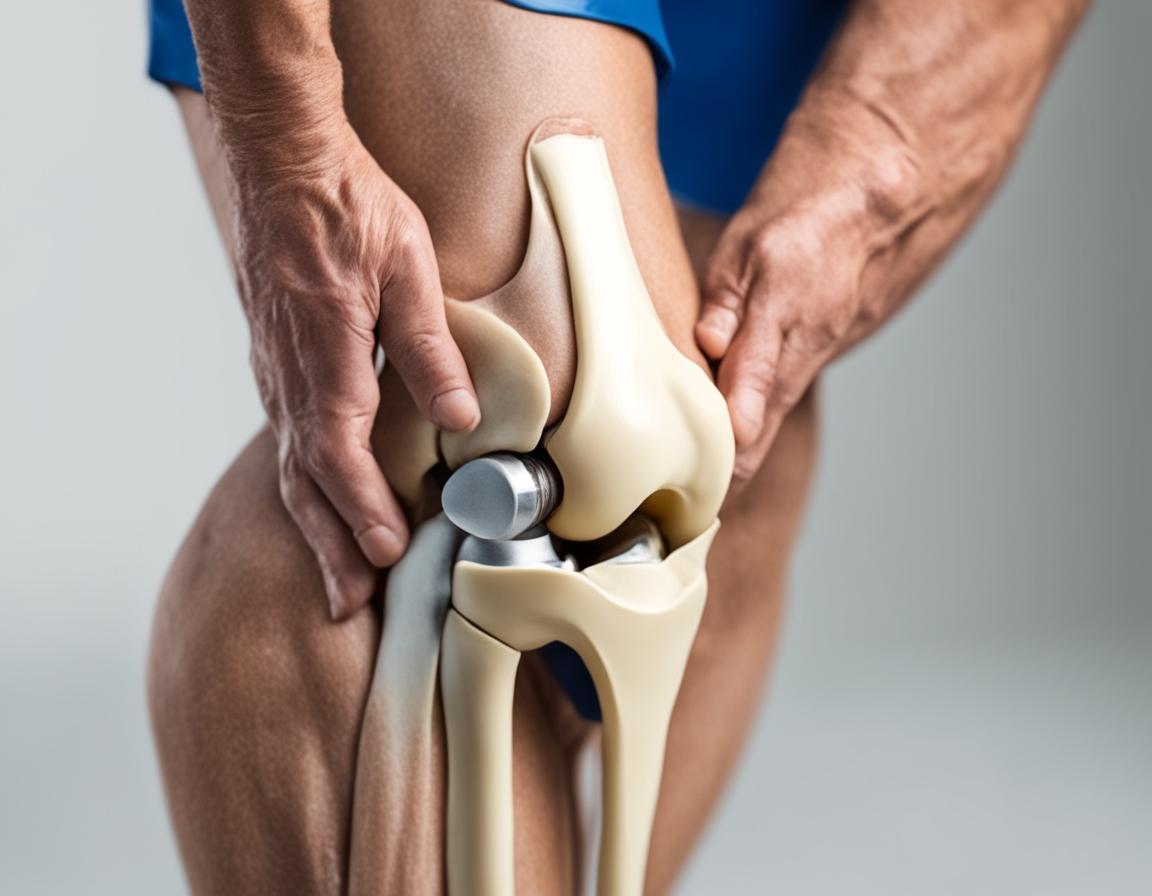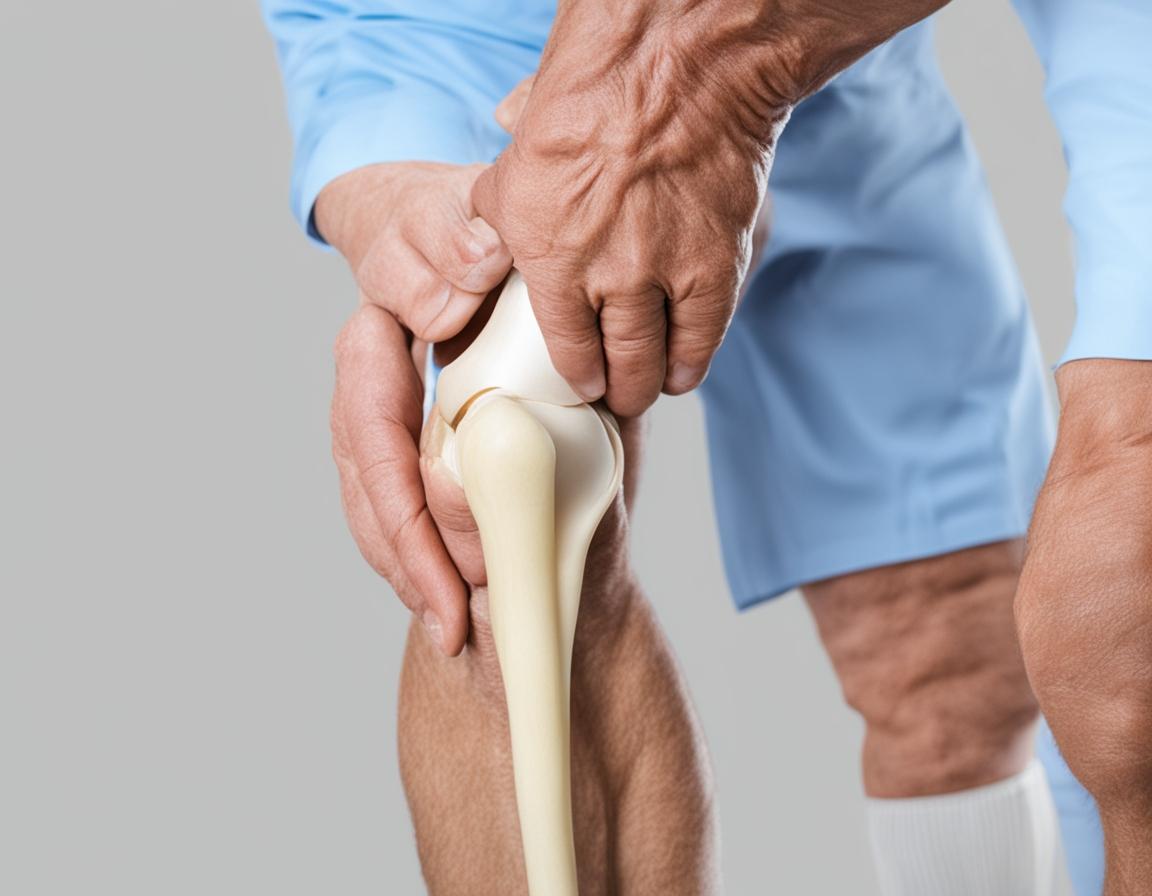
Hip Replacement Surgery: Recovery Time, Costs, and Success Rates
Hip replacement surgery has become a life-changing intervention for millions suffering from debilitating hip pain due to arthritis, injury, or degenerative conditions. Advances in surgical techniques and implant technology have boosted success rates, improved recovery experiences, and expanded candidate eligibility.
If you or a loved one is considering hip replacement in 2025, understanding the key factors—recovery time, financial considerations, and expected outcomes—can help you prepare mentally and financially for this transformative journey.
What Is Hip Replacement Surgery?
Hip replacement, or hip arthroplasty, involves removing damaged portions of the hip joint and replacing them with artificial components, typically made from metal, ceramic, or durable polymers. The goal is to relieve pain, restore mobility, and improve quality of life.
Types include:
-
Total Hip Replacement (THR): Replacing both the ball and socket of the hip joint.
-
Partial Hip Replacement: Replacing only the ball, often done in fracture cases.
Recovery Time After Hip Replacement
Immediate Postoperative Phase (First Few Days)
-
Patients typically stay in the hospital for 2-4 days.
-
Early mobilization begins within 24 hours to prevent complications and encourage healing.
-
Pain management protocols help control discomfort effectively.
Short-Term Recovery (First 6 Weeks)
-
Patients use walkers or crutches initially; gradual transition to canes and independent walking.
-
Physical therapy focuses on strengthening, range of motion, and gait training.
-
Most patients resume light daily activities during this period.
Mid-Term Recovery (6 Weeks to 3 Months)
-
Continued improvement in strength, flexibility, and endurance.
-
Many resume driving, work (depending on job), and low-impact exercise.
-
Most surgical wounds heal by 6 weeks.
Long-Term Recovery (3 to 12 Months)
-
Full recovery can take up to one year.
-
Patients often experience significant pain relief and improved function.
-
Implant stabilization and bone integration reach maturity around 6-12 months.
Costs of Hip Replacement Surgery
United States
-
The average total cost ranges from $30,000 to $50,000, influenced by hospital charges, surgeon fees, implants, and stay duration.
-
Insurance coverage varies, with deductibles and copays affecting out-of-pocket expenses.
Canada and Europe
-
Public health systems cover many costs, but wait times can be long.
-
Private procedures may cost $15,000 to $30,000.
Medical Tourism Destinations
-
Countries like India, Thailand, Mexico, and Turkey offer hip replacement generally at 40-70% less than U.S. prices.
-
Full packages include surgery, hospital stay, anesthesia, and often accommodation.
Cost Factors
-
Choice of implant (standard vs. premium)
-
Hospital accreditation and surgeon experience
-
Geographic location and facility quality
Success Rates and Outcomes
-
Hip replacement boasts a 90-95% success rate in relieving pain and restoring function.
-
Implant survival exceeds 90% at 10-15 years, with newer designs promising longer durability.
-
Patient satisfaction is high, with many returning to active lifestyles and improved quality of life.
-
Complication rates are low but can include infection, blood clots, implant loosening, and dislocation.
Tips for Optimizing Recovery and Results
-
Preoperative physical conditioning strengthens muscles for post-surgery mobility.
-
Follow surgeon and physical therapist instructions diligently.
-
Avoid smoking and maintain healthy nutrition to enhance healing.
-
Attend all follow-up appointments and promptly report unusual symptoms.
Conclusion
Hip replacement surgery in 2025 offers effective relief from debilitating hip conditions, enabling patients to regain mobility and quality of life. Understanding the recovery timeline, financial commitment, and realistic success expectations empowers patients to make informed decisions.
With globally available options—including high-quality yet affordable medical tourism destinations—patients can tailor their treatment journey to match medical needs and personal preferences.
Careful preparation, adherence to post-op care, and open communication with your healthcare team are key to maximizing outcomes and enjoying a vibrant, active life after hip replacement.










